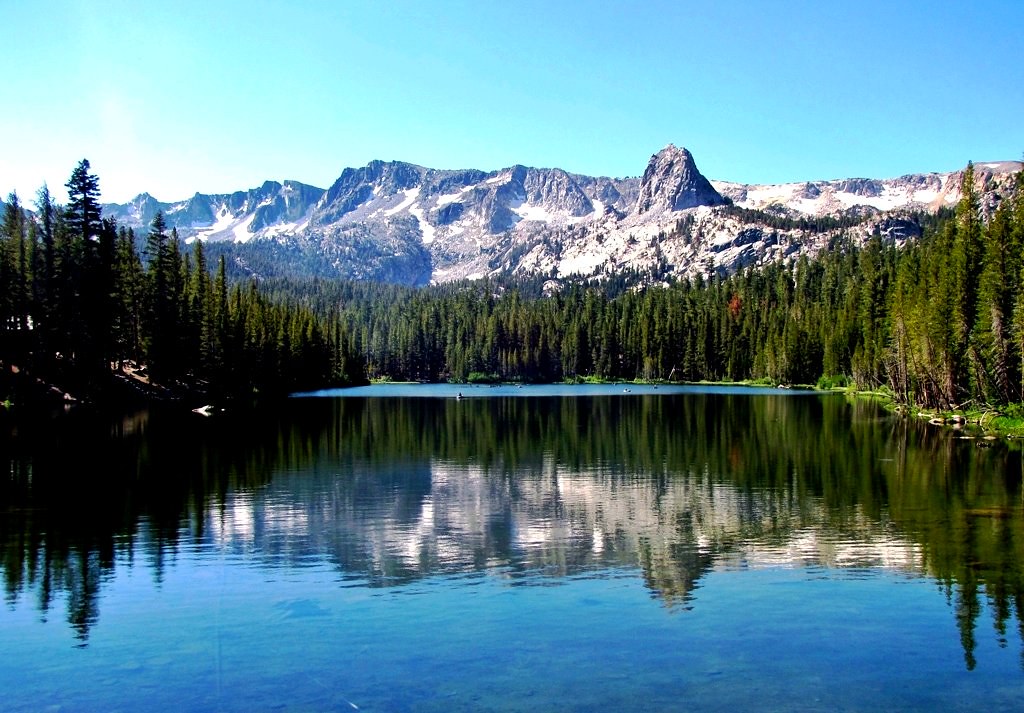America’s diverse landscape is adorned with countless lakes, each offering its own unique charm and breathtaking vistas. From the vast Great Lakes of Michigan to the crystal-clear alpine lakes of Montana, these bodies of water serve as natural canvases that reflect the changing seasons, surrounding mountains, and vibrant skies. Whether you’re seeking tranquility, adventure, or simply a moment to connect with nature, America’s lakeside views provide some of the most awe-inspiring natural settings in the country. Join us on a journey across the nation to discover these scenic treasures that showcase the incredible beauty and diversity of America’s lakeside landscapes.
The Majesty of Lake Michigan’s Sleeping Bear Dunes
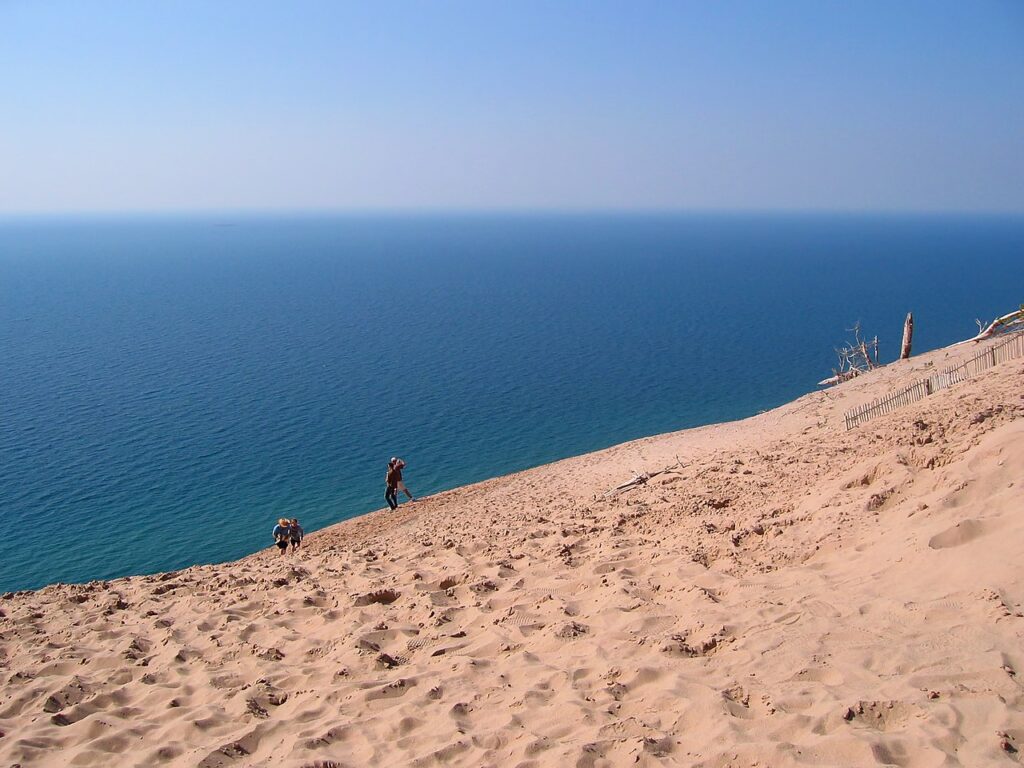
Perched along Michigan’s western coastline, Sleeping Bear Dunes National Lakeshore offers some of the most dramatic and breathtaking views of Lake Michigan. Massive sand dunes rise nearly 450 feet above the shimmering turquoise waters, creating a striking contrast between golden sand and deep blue. Visitors can climb the dunes for panoramic vistas that stretch across the lake to the Manitou Islands, where the horizon seems to blend seamlessly with the sky. According to Native American legend, the dunes represent a mother bear who waited for her cubs while they swam across the lake, adding a layer of cultural significance to this natural wonder.
Torch Lake: Michigan’s Caribbean-Like Gem
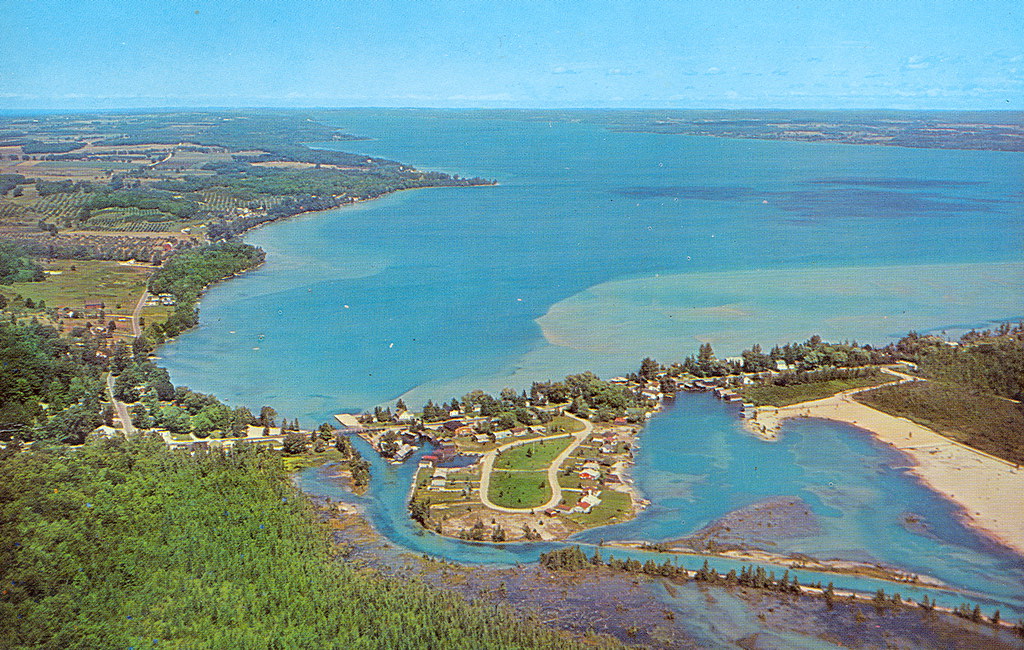
Often referred to as “Michigan’s Caribbean,” Torch Lake dazzles visitors with its remarkable turquoise waters and sandy shores that rival tropical destinations. At 19 miles long, it’s Michigan’s longest inland lake and the state’s second-largest, featuring crystal-clear waters that reach depths of up to 285 feet. The lake’s unique color comes from its high calcium carbonate content, which reflects light in a way that creates its signature blue-green hue. Sunset views over Torch Lake are particularly magical, as the fading light plays across the water’s surface, creating a kaleidoscope of warm colors that reflect off the remarkably clear waters.
Lake Superior’s Pictured Rocks National Lakeshore
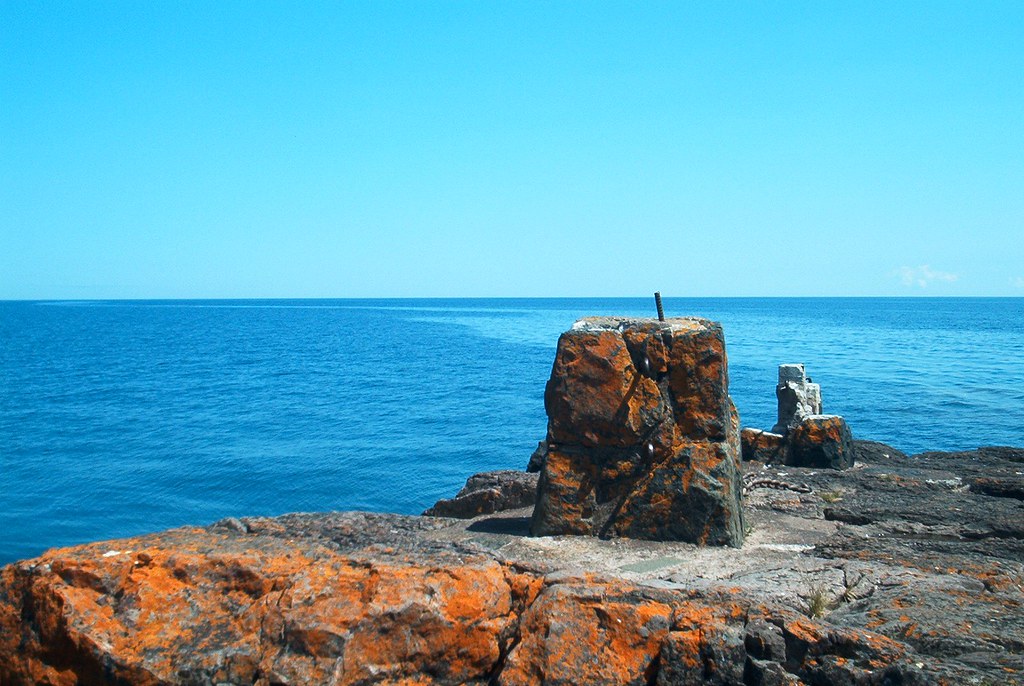
The Pictured Rocks National Lakeshore stretches for 42 miles along Lake Superior in Michigan’s Upper Peninsula, showcasing some of the most photogenic lakeside scenery in America. Multicolored sandstone cliffs tower up to 200 feet above the lake, their surfaces painted with streaks of red, yellow, blue, green, and brown from the mineral seepage that gives the area its name. The striking formations include natural arches, waterfalls cascading directly into the lake, and sea caves that have been carved by centuries of wave action. Viewing these magnificent cliffs from a boat tour offers the most dramatic perspective, as the rock colors appear most vibrant when wet and illuminated by the northern light.
Montana’s Glacier National Park and Lake McDonald
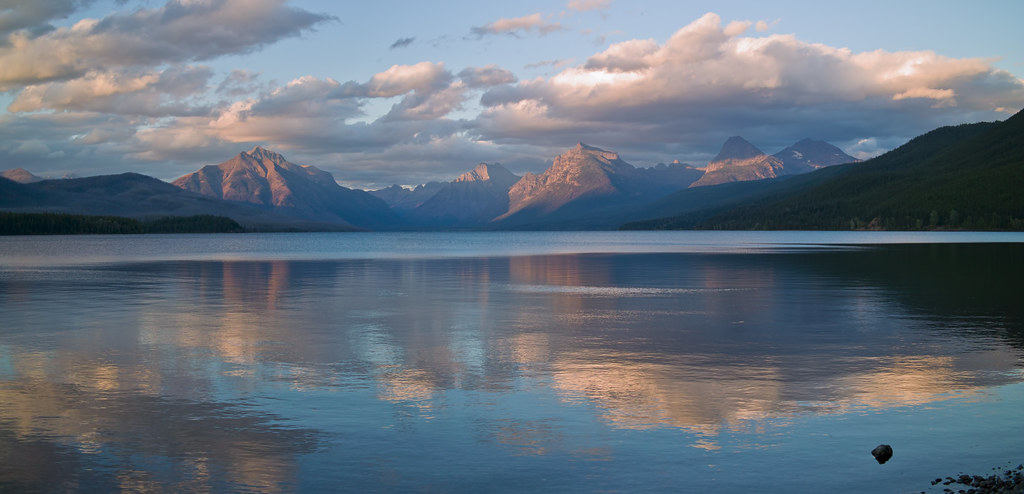
Lake McDonald, the largest lake in Glacier National Park, offers visitors a quintessential Montana mountain lake experience. Stretching ten miles long and nearly 500 feet deep, this glacial lake is renowned for its remarkably clear waters and the colorful stones that line its shores—a rainbow of red, green, and blue rocks polished smooth by glacial activity. The lake is framed by towering peaks of the Lewis Range, creating a perfect reflection of the mountains on the water’s still surface during calm mornings. Wildlife enthusiasts might spot moose, bears, or eagles along the shoreline, adding to the wild majesty of this iconic Rocky Mountain scene.
The Pristine Beauty of Flathead Lake, Montana
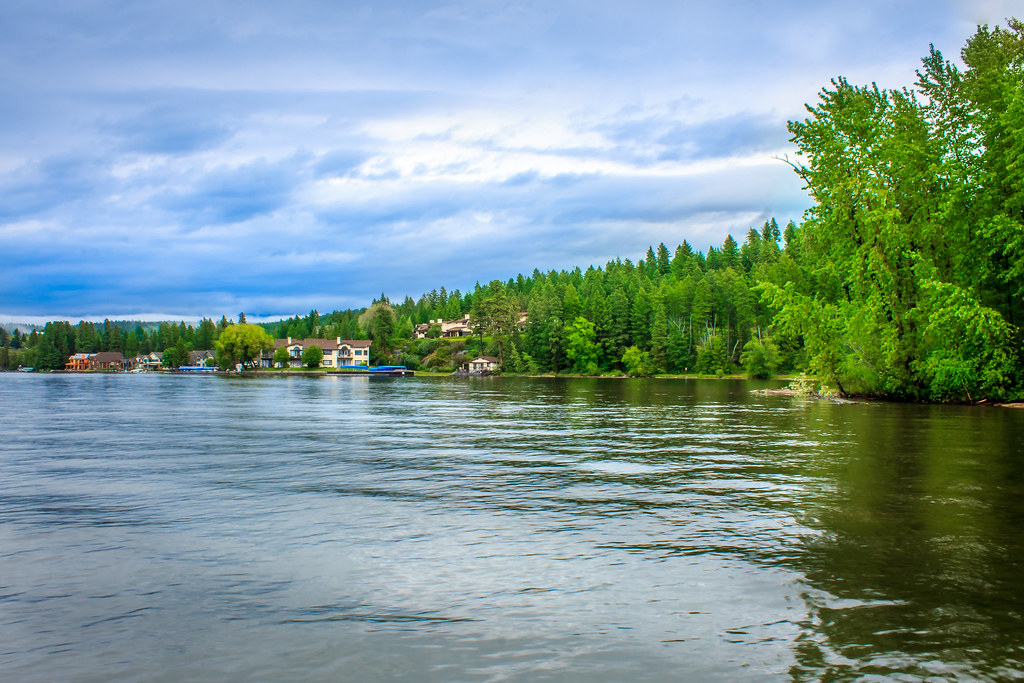
As the largest natural freshwater lake west of the Mississippi in the contiguous United States, Flathead Lake in Montana covers nearly 200 square miles of stunning blue water. The lake’s exceptional clarity allows visibility to depths of over 30 feet, revealing a underwater world of remarkable beauty. Wild Horse Island, the lake’s largest island, serves as a sanctuary for wildlife including wild horses, bighorn sheep, and mule deer, creating a fascinating juxtaposition of wildlife against the backdrop of the Mission Mountains. The cherry orchards that line portions of the eastern shore add splashes of white blossoms in spring and rich red fruit in summer, creating seasonal frames for the lakeside vistas.
Lake Tahoe: The Jewel of the Sierra Nevada
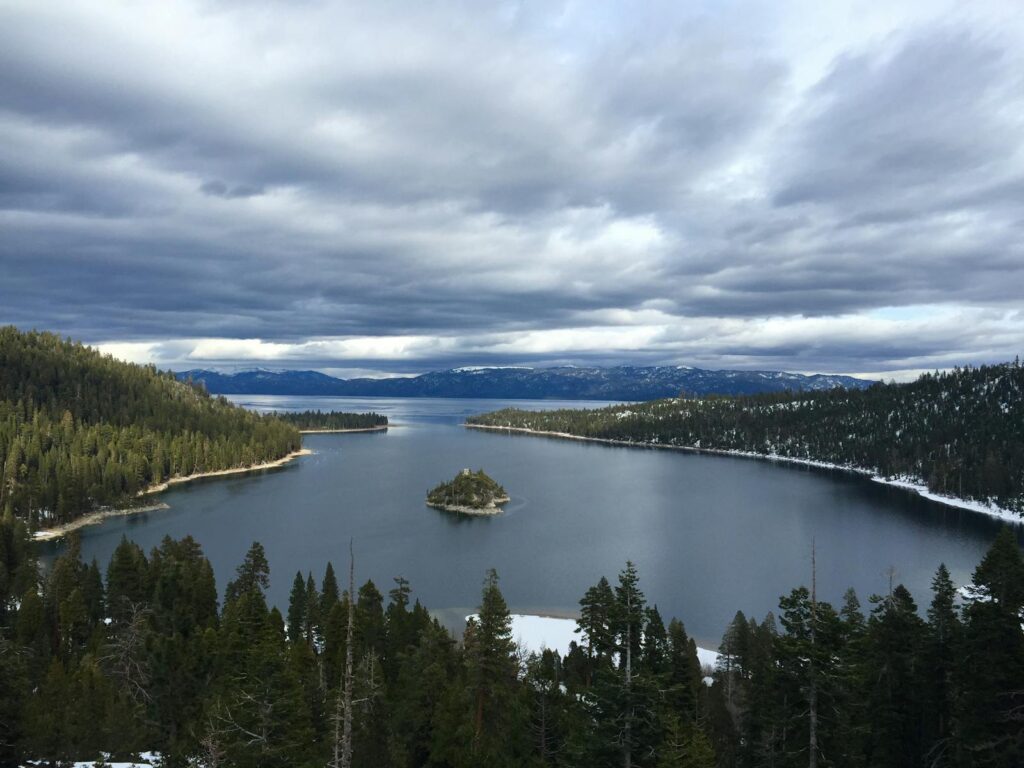
Straddling the California-Nevada border, Lake Tahoe’s cobalt blue waters and surrounding snow-capped mountains create one of America’s most photographed lakeside landscapes. At 1,645 feet deep, it’s the second-deepest lake in the United States and known for water so clear that in some places visibility extends to depths of 70 feet. Emerald Bay, on the lake’s western shore, offers perhaps the most iconic view, with its small island, Fannette Island, serving as a focal point surrounded by granite cliffs and dense forests. The 360-degree views from Mount Tallac’s summit provide an eagle’s perspective of the entire 22-mile-long lake, revealing its true enormity and the perfect oval shape that makes it so distinctive from above.
Crater Lake’s Mesmerizing Blue Waters
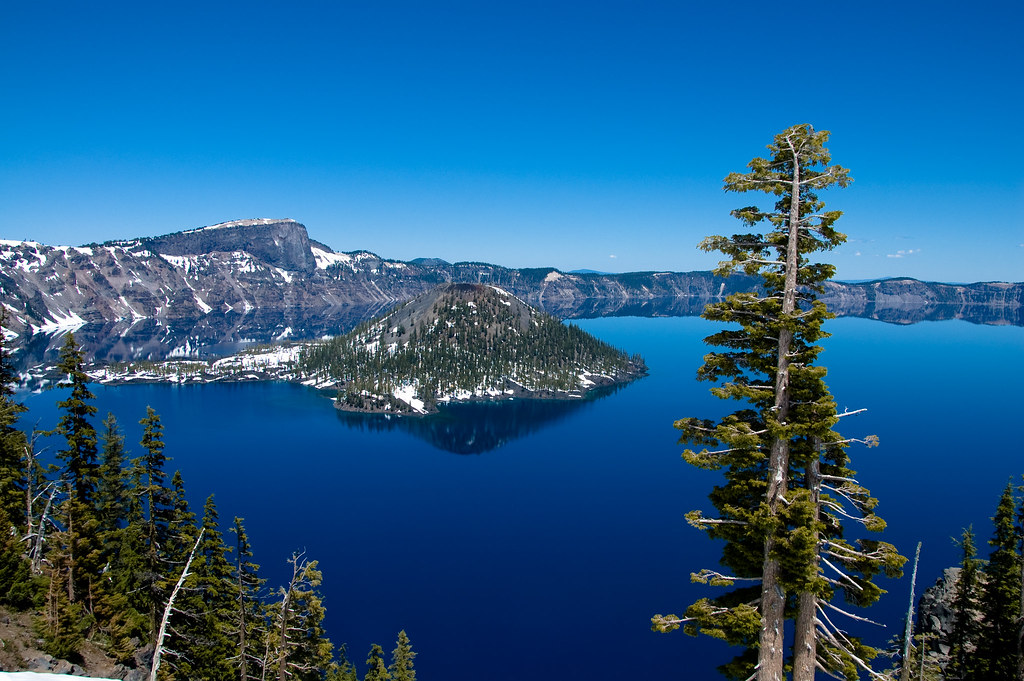
Nestled within the caldera of a collapsed volcano in Oregon, Crater Lake presents perhaps the most intensely blue water of any lake in America. Formed approximately 7,700 years ago after the eruption and collapse of Mount Mazama, this lake reaches depths of 1,943 feet, making it the deepest lake in the United States. The lack of incoming streams means there’s minimal sediment, contributing to its extraordinary clarity and deep blue color that seems almost surreal in its intensity. Wizard Island, a cinder cone that rises from the lake, creates a striking focal point against the circular backdrop of steep caldera walls that rise up to 2,000 feet above the water’s surface.
Minnesota’s Boundary Waters Canoe Area Wilderness
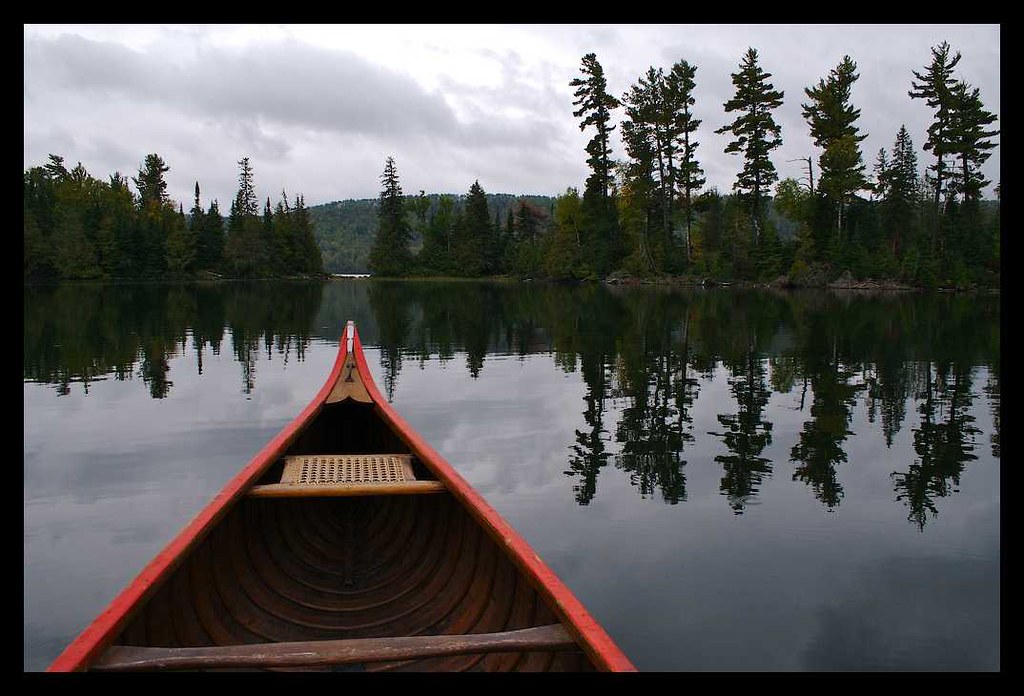
The Boundary Waters Canoe Area Wilderness in northern Minnesota offers a completely different lakeside experience with its network of over 1,100 lakes connected by hundreds of miles of streams and portages. Unlike the grand vistas of single large lakes, the beauty here lies in the intimate relationship between water and forest, with thousands of islands creating a maze-like landscape that changes with every paddle stroke. Many of these pristine lakes feature rocky shorelines of ancient bedrock dating back billions of years, sculpted by multiple ice ages. The reflections of white pine, birch, and spruce trees on the still morning waters create mirror images that double the beauty of this vast wilderness.
Lake Champlain and the Adirondack Views
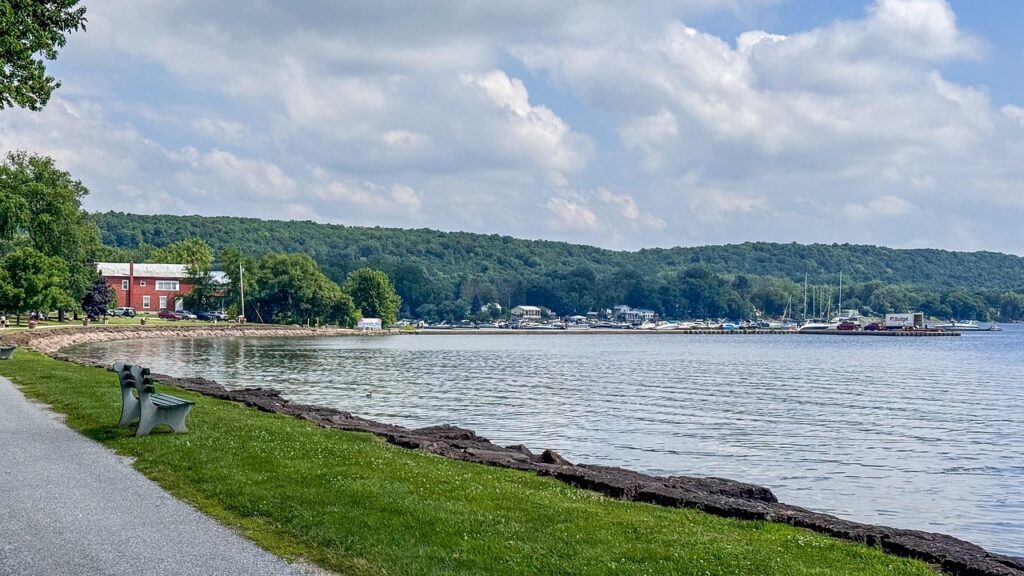
Stretching 120 miles between New York and Vermont, Lake Champlain offers spectacular views framed by the Green Mountains to the east and the Adirondacks to the west. The lake’s varied shoreline includes dramatic cliffs, sandy beaches, and wetlands that support diverse ecosystems, creating constantly changing vistas as you travel its length. During fall foliage season, the surrounding mountains erupt in a riot of red, orange, and gold colors that reflect perfectly on the lake’s surface on still days. Burlington’s waterfront in Vermont provides one of the most accessible panoramic views, particularly at sunset when the Adirondack silhouettes create a dramatic backdrop against the painted sky.
The Wild Beauty of Yellowstone Lake
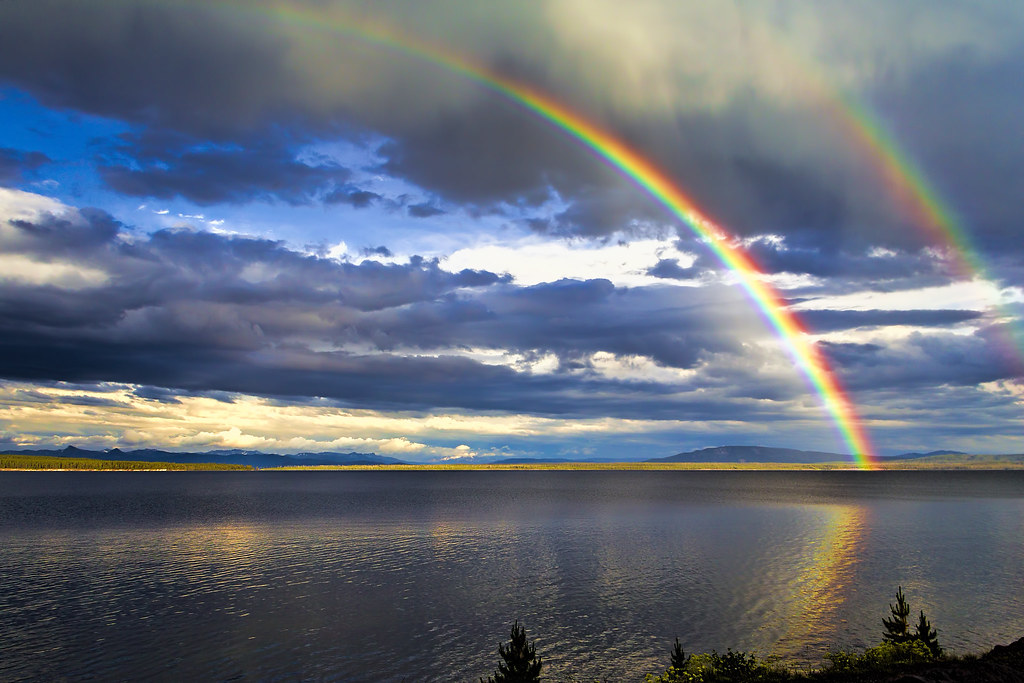
As the largest high-elevation lake in North America at 7,733 feet above sea level, Yellowstone Lake in Wyoming presents a uniquely dramatic landscape where geothermal features meet pristine waters. The West Thumb Geyser Basin along the lake’s shore creates an otherworldly scene where colorful hot springs and geysers meet the lake’s edge, with steam rising against the backdrop of snow-capped mountains. The lake freezes over completely in winter, creating an eerily beautiful landscape where steam from hot springs rises through cracks in the ice. Early morning visitors during summer months might witness the ethereal sight of steam fog rising from the water’s surface when cold air meets the relatively warmer water.
Lake of the Ozarks: Missouri’s Serpentine Wonder
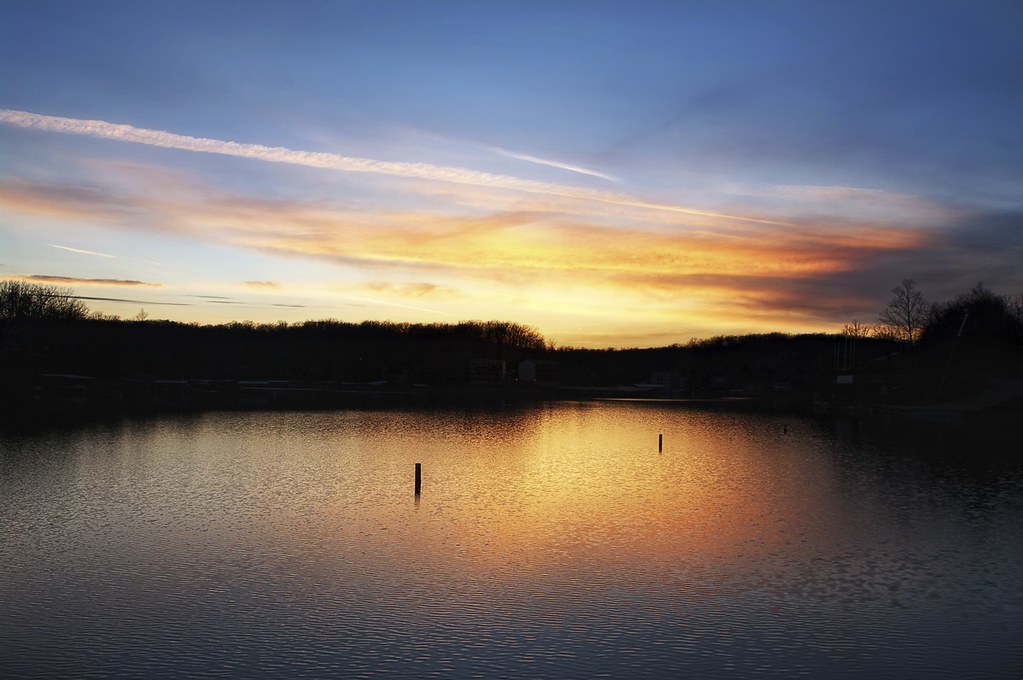
Created by the damming of the Osage River in 1931, the Lake of the Ozarks in Missouri features one of the most unique shorelines of any American lake, with more miles of shoreline than the coast of California due to its serpentine shape with countless coves and inlets. From the higher vantage points surrounding the lake, this meandering pattern creates a striking visual that resembles a massive, flooded river system rather than a traditional lake. Ha Ha Tonka State Park offers some of the most dramatic views, where visitors can see castle ruins perched on bluffs overlooking the turquoise waters below. During autumn, the dense deciduous forests surrounding the lake transform into a spectacular color show that doubles in beauty when reflected in the calm waters.
Lake Powell’s Red Rock Canyon Landscape
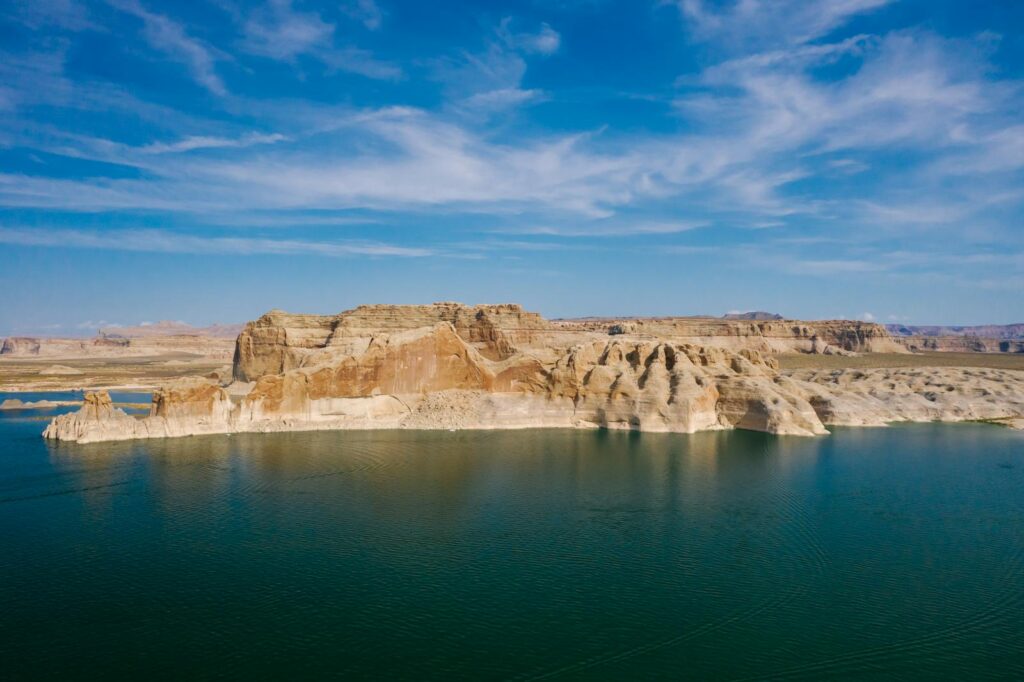
Straddling the border between Utah and Arizona, Lake Powell presents one of the most unique lakeside landscapes in America, where brilliant blue waters wind through towering red sandstone canyons. Created by the damming of the Colorado River, this reservoir features nearly 2,000 miles of shoreline characterized by smooth, curved walls sculpted by water over millions of years. Rainbow Bridge, the world’s largest known natural bridge, sits along the lake’s shore, creating a perfect arch that frames both sky and water in a way that seems almost deliberately designed. The contrast between the azure water and the burnt orange and red rock formations creates a surreal, almost otherworldly landscape that changes dramatically with the angle and quality of light throughout the day.
The Historic Charm of Lake George, New York
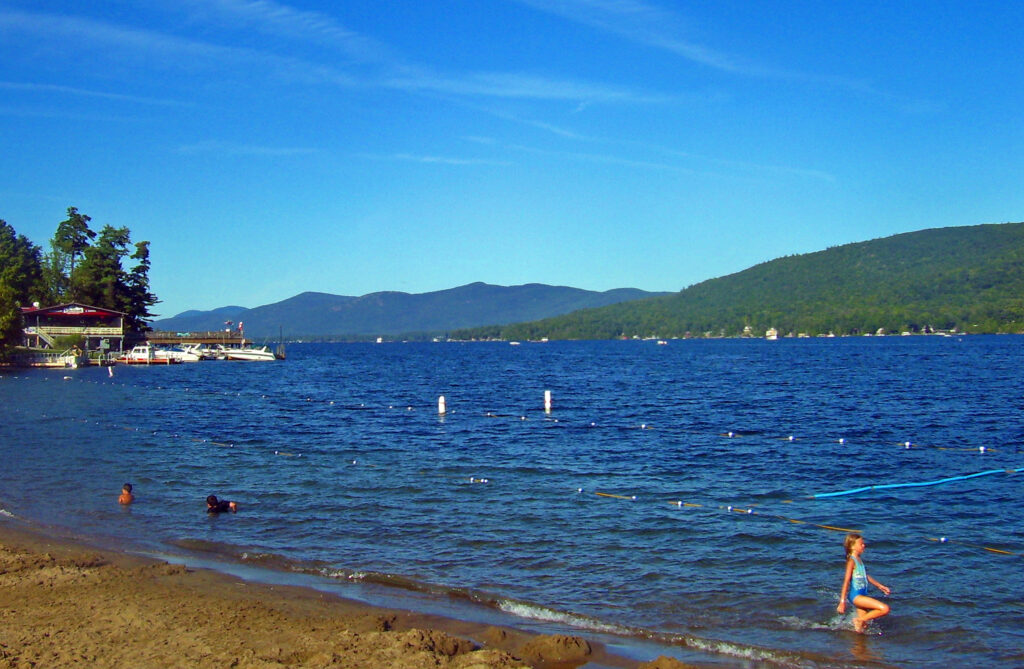
Nicknamed the “Queen of American Lakes,” Lake George in New York’s Adirondack region combines natural beauty with historic significance in a way few other lakes can match. The 32-mile-long lake features crystal-clear waters dotted with 170+ islands, many of which have remained unchanged since Native Americans first canoed these waters centuries ago. Prospect Mountain offers one of the most spectacular viewpoints, with a 100-mile visibility on clear days that encompasses not only the full length of Lake George but also glimpses of Vermont and New Hampshire in the distance. The lake played a pivotal role in early American history, serving as a strategic waterway during the French and Indian War and the American Revolution, adding layers of historical significance to the stunning natural vistas.
America’s lakeside views represent some of the country’s most precious natural treasures, offering windows into the diverse geological and ecological processes that have shaped our continent. From the sand dunes of Michigan to the red rock canyons of Lake Powell, each lake tells a unique story written in water, rock, and light. These landscapes not only provide breathtaking views but also serve as vital ecosystems, recreational havens, and sources of spiritual renewal for countless visitors. As climate change and development pressures continue to impact our natural environments, appreciating and protecting these spectacular lakeside vistas becomes increasingly important—ensuring that future generations can experience the same sense of wonder when standing at the edge of America’s magnificent lakes.

